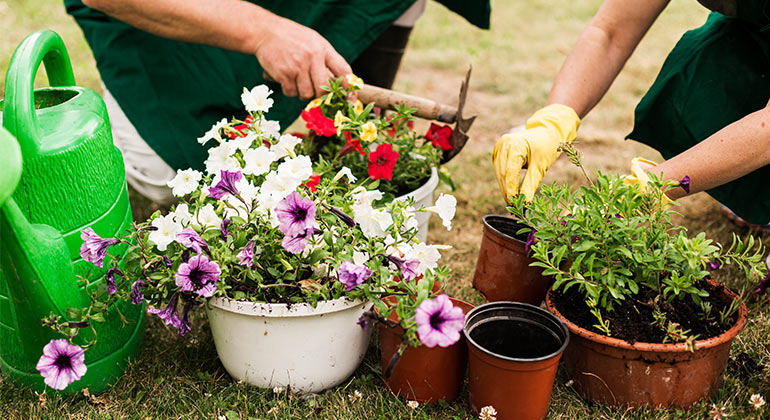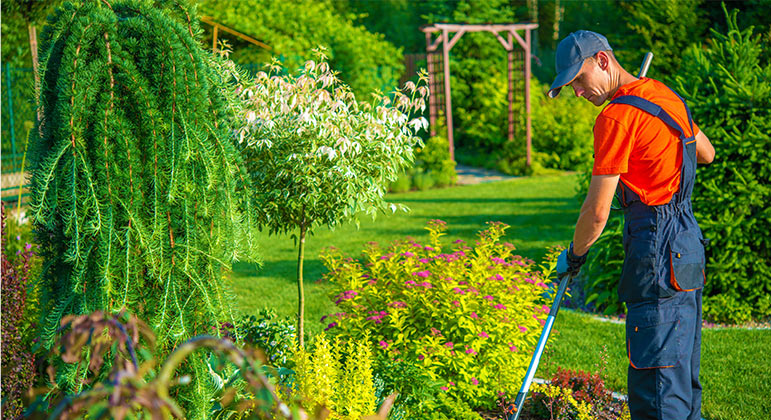Landscaping is an art form that combines design and nature to create outdoor spaces that are functional, aesthetically pleasing and inspiring. Creating a garden or outdoor area is not just about planting trees and flowers. It is a complex process that involves meticulous planning and careful consideration of natural and architectural elements.
The key to successful landscaping is harmony between the elements. Landscaping professionals not only work with plants, but also consider the architectural characteristics of the site, such as the terrain, topography, existing structure, and the purpose of the space.
Natural elements such as trees, shrubs, flowers and lawns are selected and arranged to create a balanced environment. This can include choosing plants of different heights, colors and textures to create interesting contrasts and visual flows. The vegetation is strategically arranged to meet both aesthetic and functional needs.
Landscaping also involves creating leisure and living areas, such as patios, decks or areas for outdoor entertainment. The furniture, sculptures, paths and lighting are architectural elements that add aesthetic and functional value to the environment.
In addition to aesthetic planning, it is important to consider the functionality of the space. The arrangement of plants and other elements must not only be visually appealing, but also meet the user's needs. Circulation, privacy and comfort are crucial factors that influence the layout of landscape design.
The evolution of landscaping trends has increasingly incorporated sustainability and environmental conservation. Sustainable landscaping prioritizes the efficient use of resources, such as water and energy, and minimizing environmental impact. The choice of native plants, the implementation of efficient irrigation systems and soil conservation practices are fundamental aspects of this model.
Landscape design is a form of artistic expression that can transform any outdoor space, be it a small residential garden, a public park or even commercial environments. The ability to unite nature with design, creating an inviting atmosphere, provides not only aesthetic beauty, but also promotes well-being and connection with the natural environment.
The combination of natural and architectural elements in landscaping is a powerful tool for shaping spaces for coexistence, leisure and contemplation. By creating functional, visually attractive and sustainable environments, landscaping is a manifestation of harmony between man and nature.
Nature in Every Detail: Your Garden, Our Commitment.






